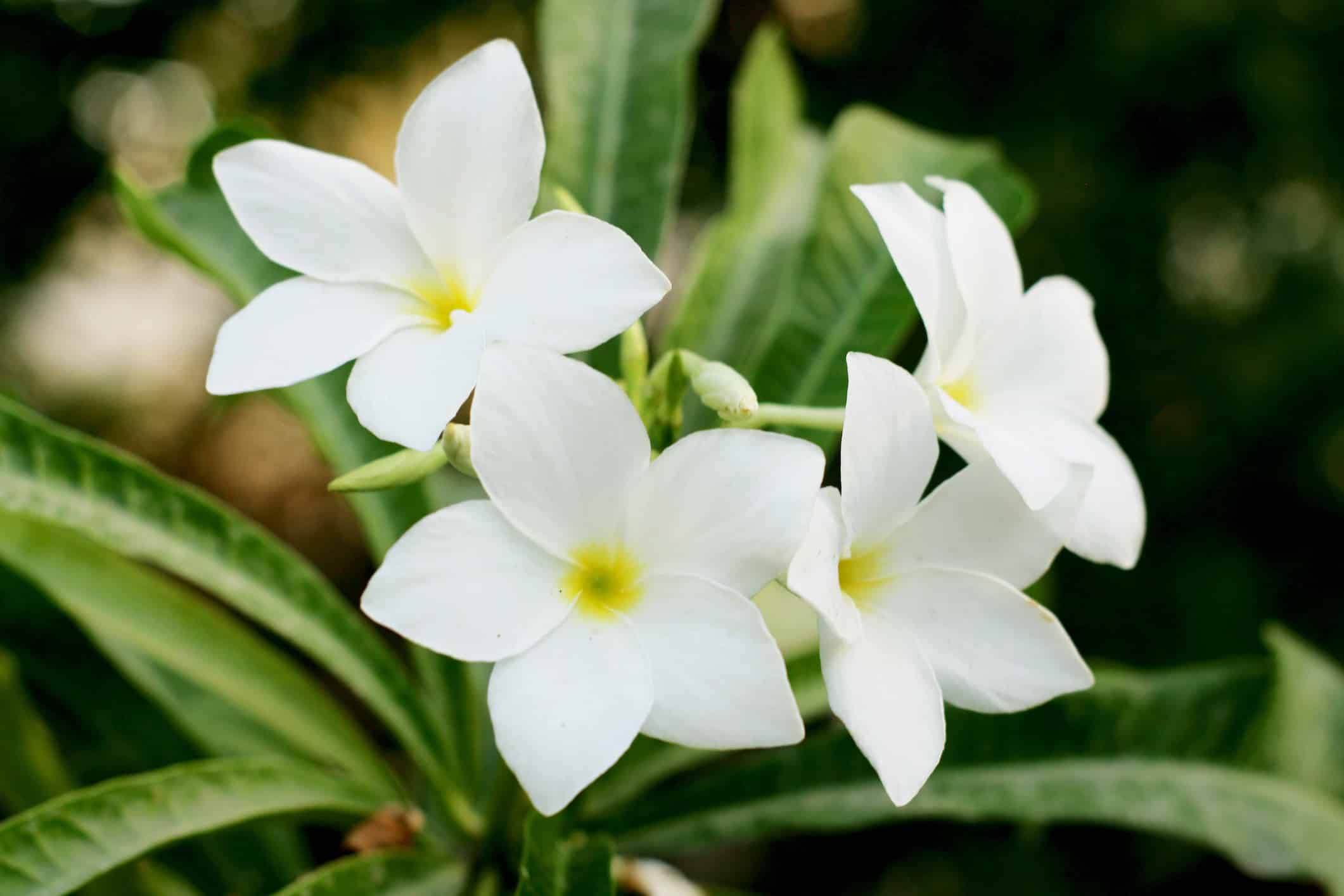While most people choose a bouquet based on color and arrangement, flowers have unique and special meanings that fit every occasion. For instance, did you know that if you give someone amaryllis, it means you’re proud of them? Or that aster is a symbol of love? But what about health and healing? What do you give to someone going through a rough time, whom you want to wish wellness? Check out these 10 beautiful flowers that mean healing and learn about their appearances and uses.
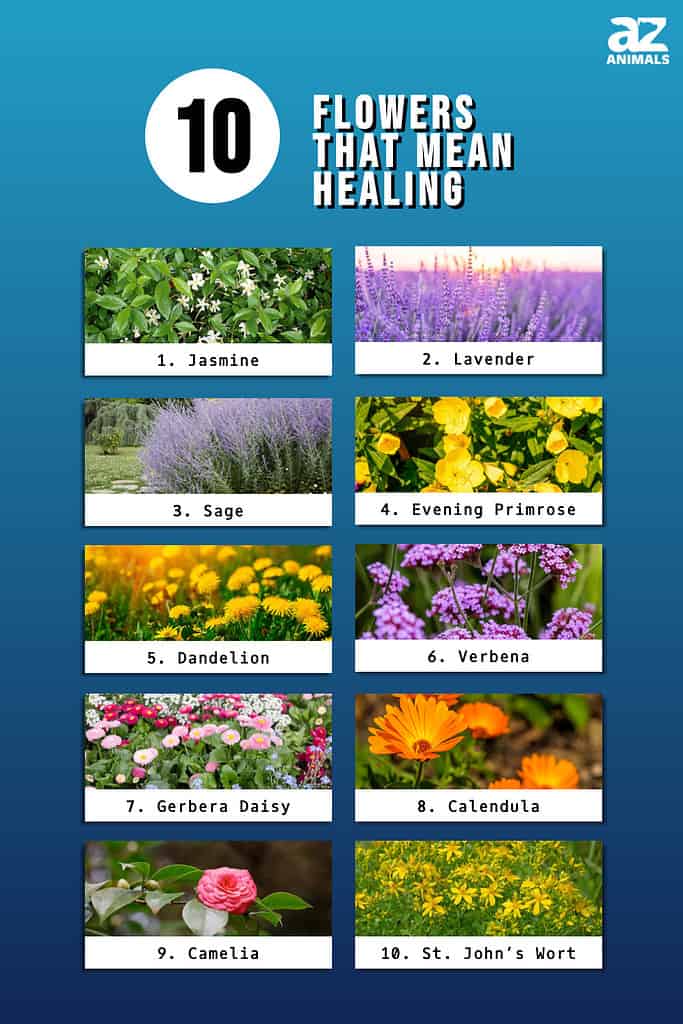
1. Jasmine
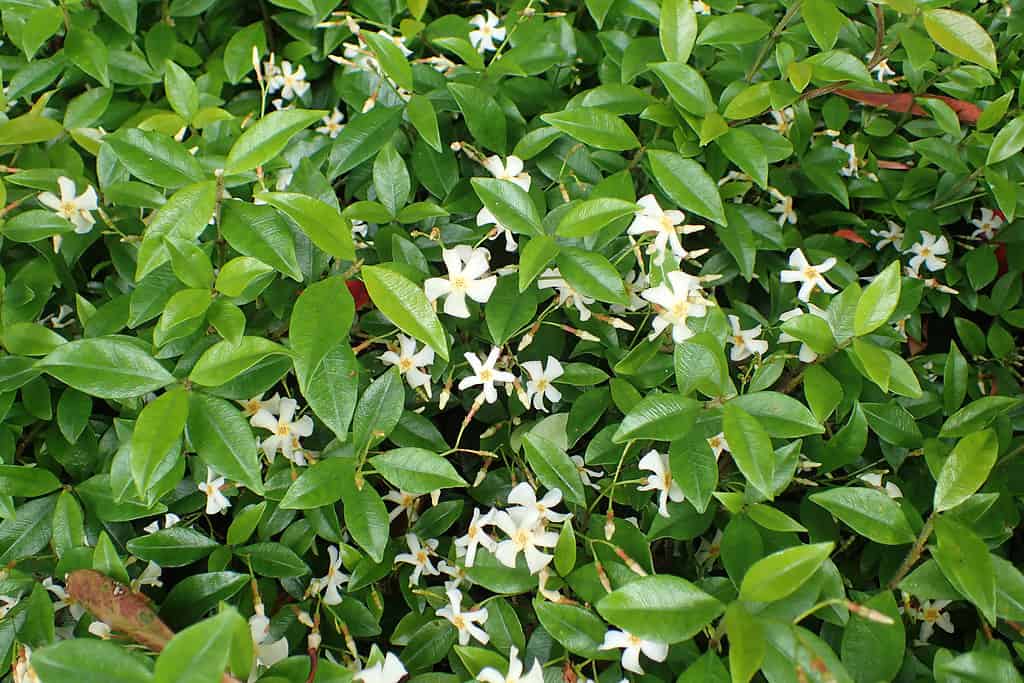
Jasmine is a symbol of healing and brings relaxation.
©Krzysztof Ziarnek, Kenraiz, CC BY-SA 4.0 – Original / License
Cultivated for their intense and lovely fragrance, jasmine flowers are shrubs and vines from the olive family. They feature deep green leaves and bright white flowers that climb with twining stems. Jasmine flowers have many symbolic meanings, including love, femininity, beauty, and purity. But it is also a symbol of healing in some cultures. And its aroma provides relaxation and a calming effect, perfect for those struggling with poor health.
2. Lavender
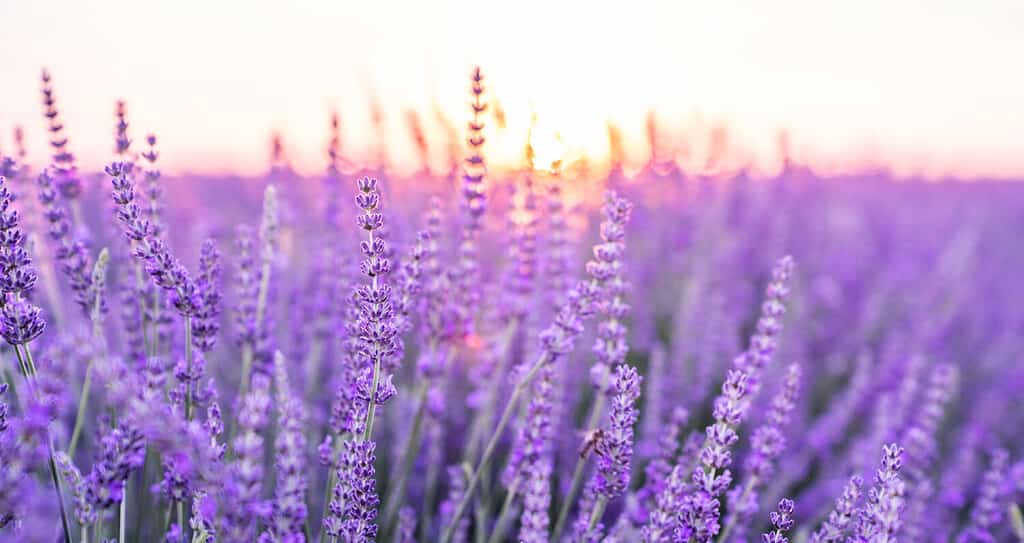
Lavender is one of the beautiful flowers that mean healing.
©ESstock/Shutterstock.com
If you’ve ever walked through brilliant purple fields of lavender, you are probably well aware of their calming and healing properties. These bushy perennials grow blue-violet flowers and feature a calming fragrance. Not only does lavender represent healing, but it also symbolizes serenity, purity, royalty, health, devotion, grace, and luxury.
3. Sage
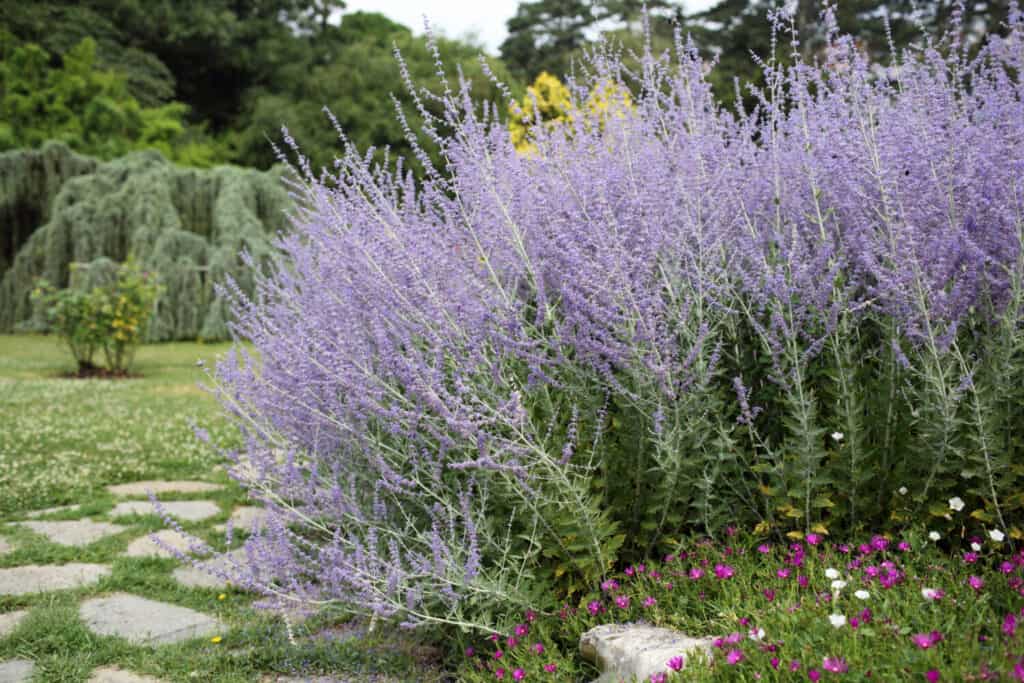
Sage represents longevity, harmony, and immortality.
©loflo69/Shutterstock.com
This drought-resistant subshrub produces woody stems and vibrant blue or purple flowers. It belongs to the mint family and is native to the Mediterranean region. Its scientific name means to “have good health.” But sage can also represent longevity, wisdom, immortality, intelligence, harmony, nature, family, peace, and spiritual growth. In fact, Romans once used sage as a ceremonial herb.
4. Evening Primrose
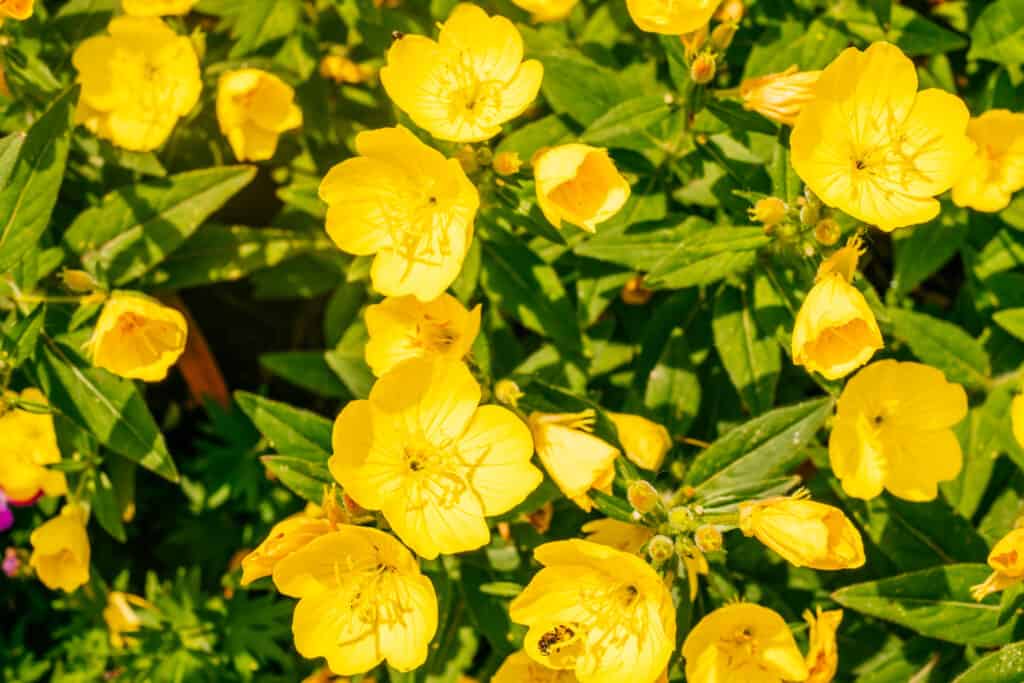
Evening primrose oil can help treat certain conditions.
©iStock.com/Christina Vartanova
Native to North America, evening primrose is known for its bright yellow flowers that open at sunset. Not only does this flower symbolize strength and healing, but it can also be used to treat certain conditions, like atopic dermatitis, PMS, menopause, and rheumatoid arthritis. However, you should always consult a physician before using flowers, oils, and herbs for health purposes. Evening primrose also symbolizes youth, protection, safety, young love, inner strength, and resilience.
5. Dandelion
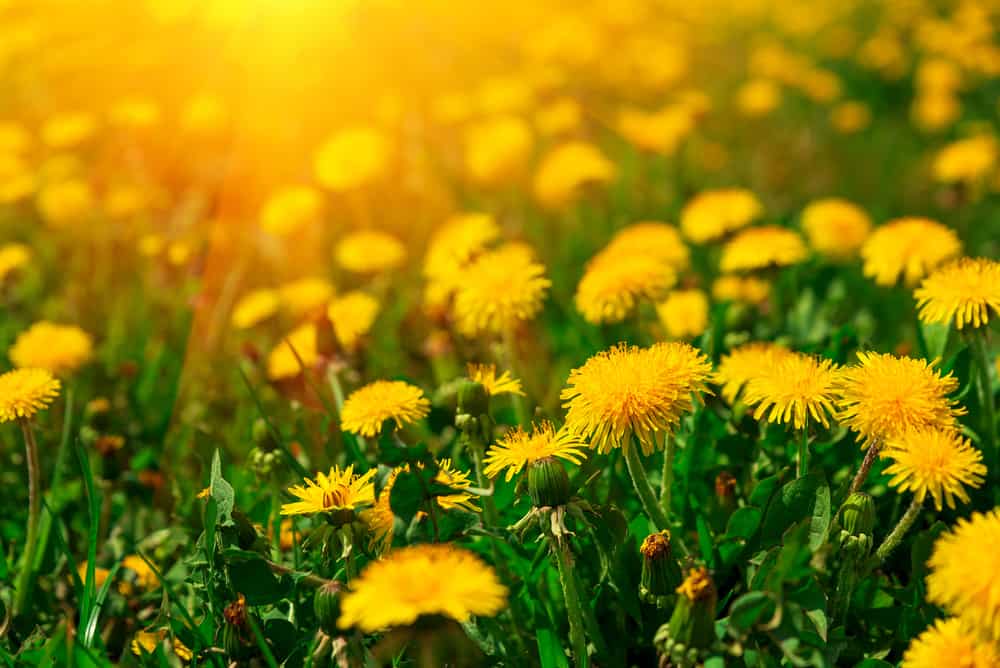
Dandelions symbolize hope and healing.
©Tetiana Shumbasova/Shutterstock.com
While many people think of these flowers as pesky weeds, dandelions have many uses and are actually healthy food filled with vitamins and minerals. Its name derives from a French term that means “lion’s teeth.” And this plant symbolizes hope, resilience, and healing. What do we do when we see a puffy dandelion seed head? We blow and make a wish, spreading hopes and dreams.
6. Verbena

Verbena is seen as sacred and used as protection against evil.
©Flower_Garden/Shutterstock.com
Also known as vervain, verbena plants are herbaceous or semi-woody upright flowering plants that produce vibrant purple, red, pink, or white flowers. These special flowers are associated with prayer and are seen as sacred and protection from evil. They symbolize healing, happiness, sweet memories, purification, and creativity. Verbena is also the flower symbol of enchantment.
7. Gerbera Daisy
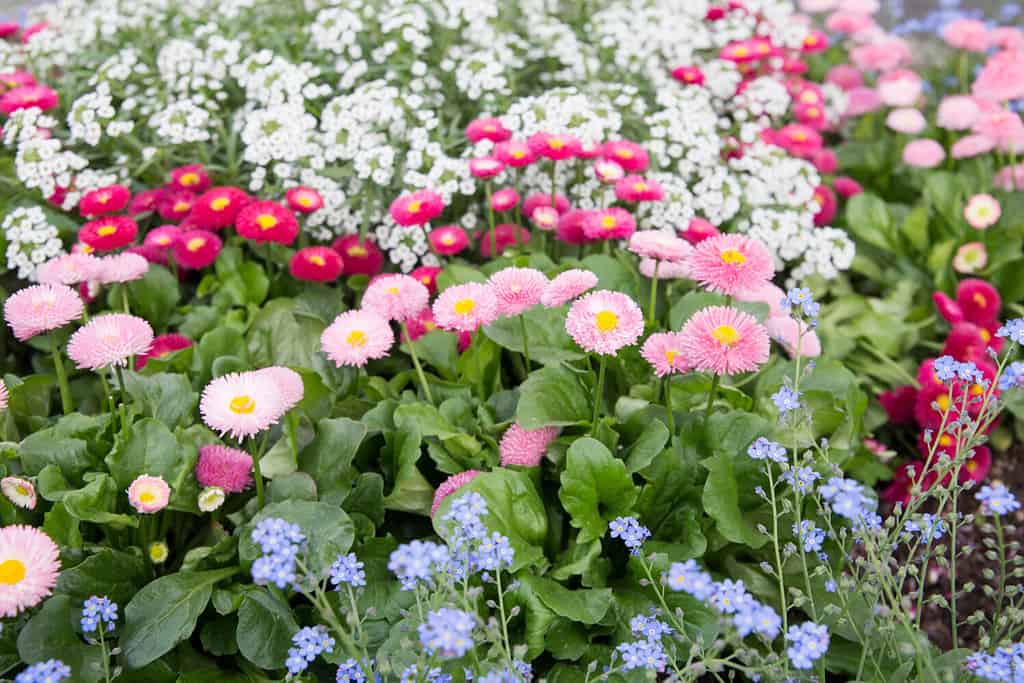
Gerbera daisies represent healing, cleansing, and purity.
©Sun Shock/Shutterstock.com
Native to South Africa, the gerbera daisy is a tender perennial that produces brightly colored and cheerful daisy-like flowers. Different cultures believe these flowers mean different things. For instance, Celts believed Gerbera lessened hardships and eased everyday stresses, while Egyptians believed they were a devotion to the sun. In general, gerbera daisies represent healing, cleansing, purity, innocence, and loyalty.
8. Calendula
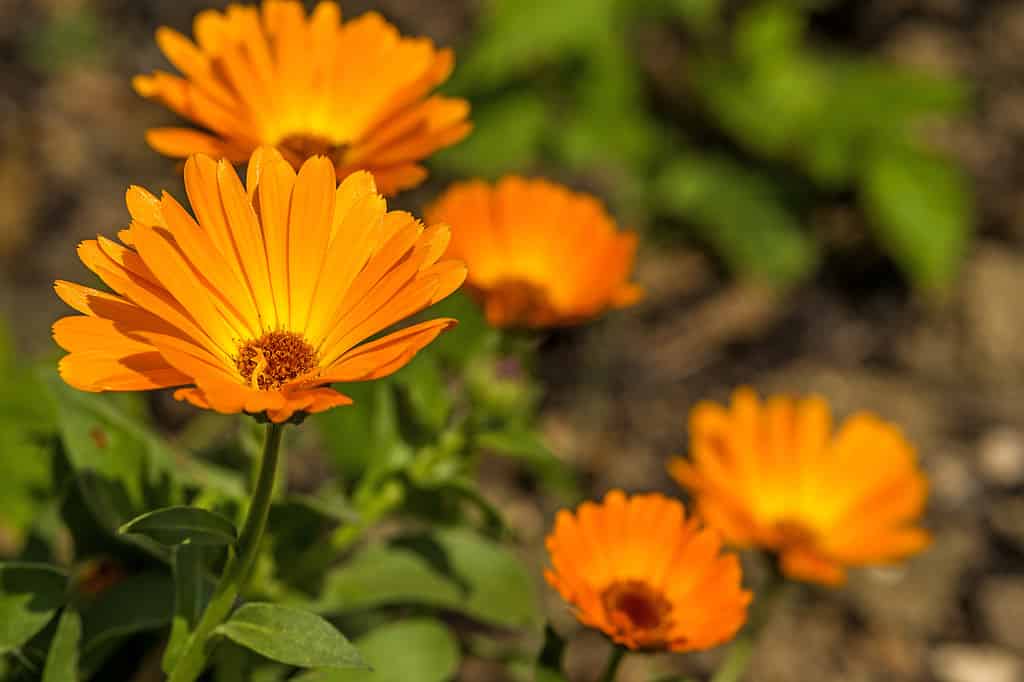
The calendula plant can symbolize grief but also longevity.
©iStock.com/HansJoachim
Calendula is dozens of species of perennial and annual herbaceous plants. They belong to the daisy family and are notable for their rich orange and yellow coloring. While calendula can symbolize grief and despair, it can also mean health, longevity, joy, remembrance, and endurance. Giving someone calendulas mean that you are thinking of them.
9. Camelia
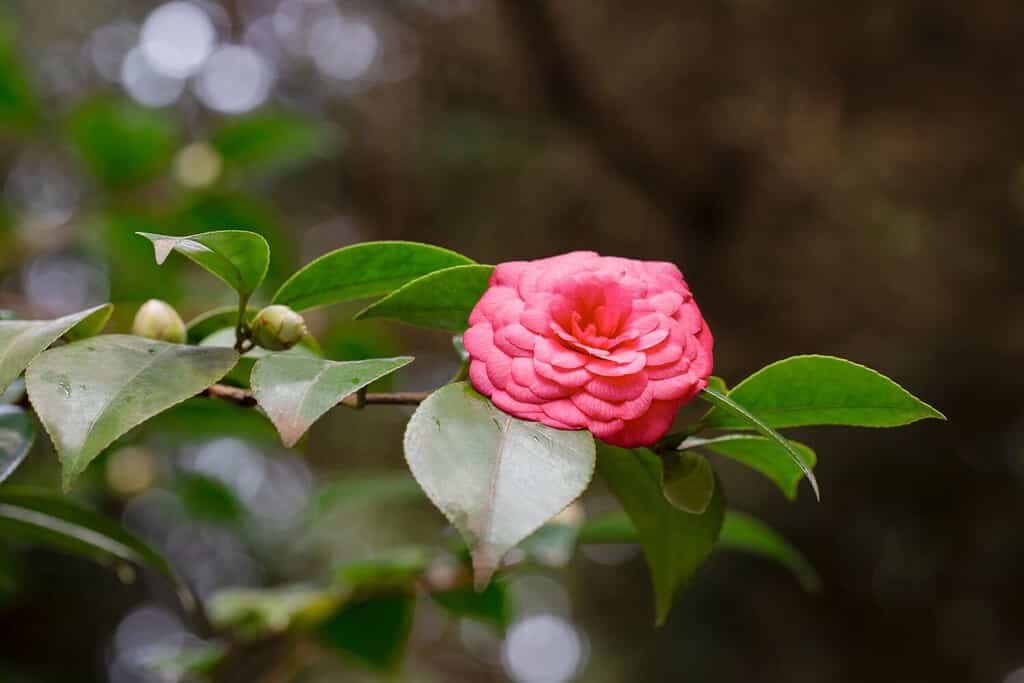
Camelias symbolize love, longing, passion, and admiration.
©AnnaNel/Shutterstock.com
The camelia flowering plant is native to subtropical areas in Asia, where there are at least 220 species. These flowers come in many beautiful and bold colors, from hot pink and crimson to soft pink and white. Because of its different colors, these flowers have many meanings. Camelias symbolize love, longing, passion, admiration, desire, and perseverance. And they can represent longevity, faithfulness, healing, and purity.
10. St. John’s Wort
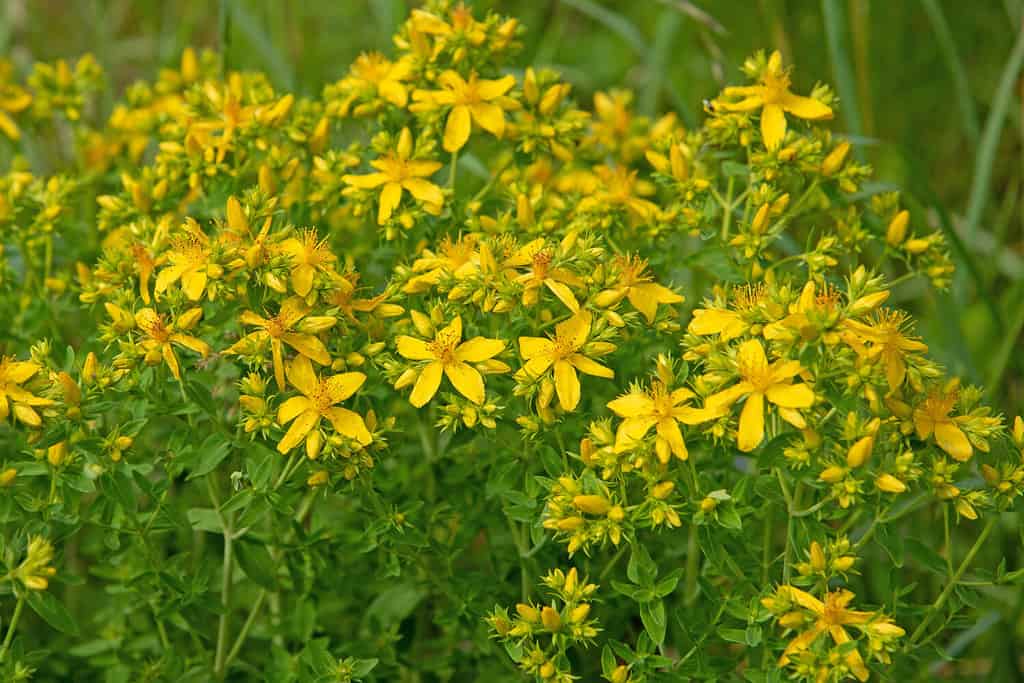
St. John’s wort has healing properties and wards off evil spirits.
©M. Schuppich/Shutterstock.com
This yellow flowering plant has been associated with medicine and healing as far back as Ancient Greece. This flower is promoted for a myriad of disorders and ailments, such as depression, ADHD, anxiety, and more. St. John’s wort is also said to ward off evil spirits and is closely associated with spiritual properties.
Summary of 10 Beautiful Flowers That Mean Healing
Here’s a recap of the 10 fantastic flowers associated with healing that we took a look at.
| Number | Flower | Meaning |
|---|---|---|
| 1 | Jasmine | Health/healing, love, beauty, femininity, and purity |
| 2 | Lavender | Health/healing, serenity, royalty, purity, devotion, grace, and luxury |
| 3 | Sage | Good health, longevity, immortality, wisdom, intelligence, harmony, and peace |
| 4 | Evening Primrose | Health/strength, youth, protection, safety, young love, and resilience |
| 5 | Dandelion | Hope, resilience, and healing |
| 6 | Verbena | Healing/protection, prayer, enchantment, protection, happiness, purification, and creativity |
| 7 | Gerbera Daisy | Healing, cleansing, purity, innocence, and loyalty |
| 8 | Calendula | Health, longevity, endurance, joy, grief, and remembrance |
| 9 | Camelia | Healing, longevity, purity, passion, admiration, and perseverance |
| 10 | St. John’s Wort | Medicine/healing and protection against evil |
Thank you for reading! Have some feedback for us? Contact the AZ Animals editorial team.

